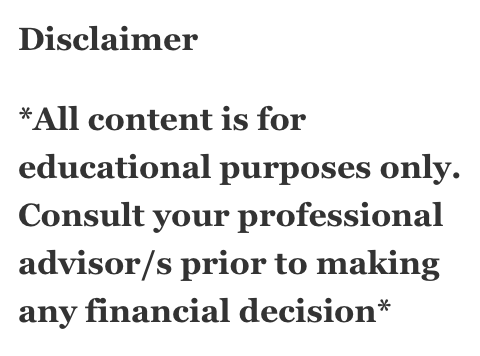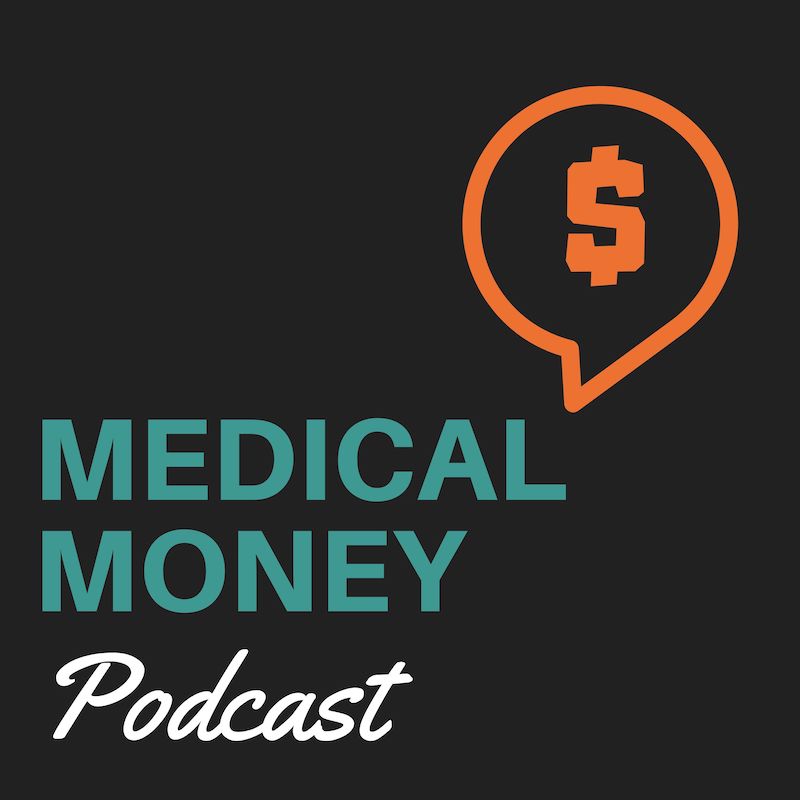How will you survive when you stop working?
This is the third post in my Money Vital Signs series- 5 short posts to understand your financial status quo.

The reality is you probably won’t work as a doctor forever. There will come a time to put down the scalpel or stethoscope and enjoy the fruits of your labour.
It this post we will discuss:
- Retirement
- Superannuation
- Analyse your retirement fund
Until recently, I thought superannuation was a waste of time. My rationale was that retirement is over 30 years away, and right now I want immediate access to my money. Surely the money is better put into paying down my mortgage and building an investment portfolio, isn’t it? Upon digging deeper, I realised that super has significant tax savings to be had both now and in the future.
What is Retirement?
Retirement is the act of leaving your job or withdrawing from active work. It’s the time we get to play golf, fish and caravan across the country.
The question is, how will you fund your living expenses and fun when you stop doing paid work?
You will either need to live off the aged pension, savings or your investments.
The aged pension hovers around the poverty line, and you will have to meet the means tests to qualify. Cash savings are being eaten away by inflation- especially at today’s minuscule (potentially negative) interest rates. That means you will need to accumulate a portfolio of investments during your working life to fund your retirement.
These investments can live inside or outside your superannuation fund.
What is Superannuation?
Superannuation (abbreviated to super) is the Australian government’s strategy to help you fund your retirement.
If you’re an employee, your boss pays an extra 9.5% of your gross income towards your super fund. The idea is that this money is invested and grows to fund your retirement.
If you are self-employed, there are no employer contributions, so planning for retirement is entirely up to you.
The government wants us to invest for our retirement because it means less of us will need to receive the aged pension. So they lure us in with three significant tax incentives.
- Contribution incentive- you pay 15% tax on super contributions up to $25,000 (30% if you are above the Division 293 threshold)
- Accumulation incentive- for income and capital gains generated from investments inside super, the tax rate is only 15%. Compare this with up to 47% for your investments outside of super.
- Retirement incentive- when you retire, up to $1.6 million can be used to fund your retirement with no tax payable on any of the income or capital gains. This amount will be indexed and increase over time.
The catch is that you can’t access your funds until you meet a condition of release. Essentially, you can access your funds in full once you are 65, or above your preservation age and retired.
How is Your Money Invested?
Your money is either with a fund manager (in an industry super fund, retail super fund or government super fund) or in a self-managed super fund (SMSF).
If you are with a fund manager, you can select the strategy that determines how your money is invested across the available investment classes. The approach you choose should be based on your risk profile and investment horizon.
What’s the Cost of Managing My Super?
Fund managers charge fees to look after your money. There is usually a membership fee and then a percentage based fee. Funds can vary widely in the fees they charge.
Many people have more than one super account, often because they’ve forgotten about the work they did as a student or as a locum during training. These additional accounts are eroded by fees so consolidating your accounts is usually beneficial.
Life, income protection and disability insurance (TPD) policies are available within most super accounts. If you have them, policy premiums are paid using funds within the account that reduces the amount available to invest. **https://www.moneysmart.gov.au/superannuation-and-retirement/how-super-works/insurance-through-super
If you have an SMSF, you are required to pay the necessary accounting and auditing fees to remain compliant with ASIC.
Record Your Vitals #3 – What’s Your Retirement Nest Egg?
Let’s get a snapshot of how your retirement funds are looking.
Click to download the Medical Vital Signs spreadsheet and go to the Superannuation tab.
Step 1- Identify your superannuation accounts.
Step 2- Write the balances in the green boxes.
Step 3- What is the investment strategy for your account? Defensive, Balanced, Growth, High Growth?
Step 4- What are the fees you are paying? How do they compare to other funds?
Step 5- Do you have any insurance in your super fund? How much does it cost you a year?
Step 6- Take a look at your super balance and ask yourself three questions:
- Is this safe? Or do I need to take drastic action?
- How has this been trending in the past 1 year, 3 years, 5 years?
- Is this going to be enough to retire?
Now you know how your retirement is looking, click here for Money Vital Sign #4- Your Insurance.



One Reply to “Money Vital Sign #3 – Your Retirement”